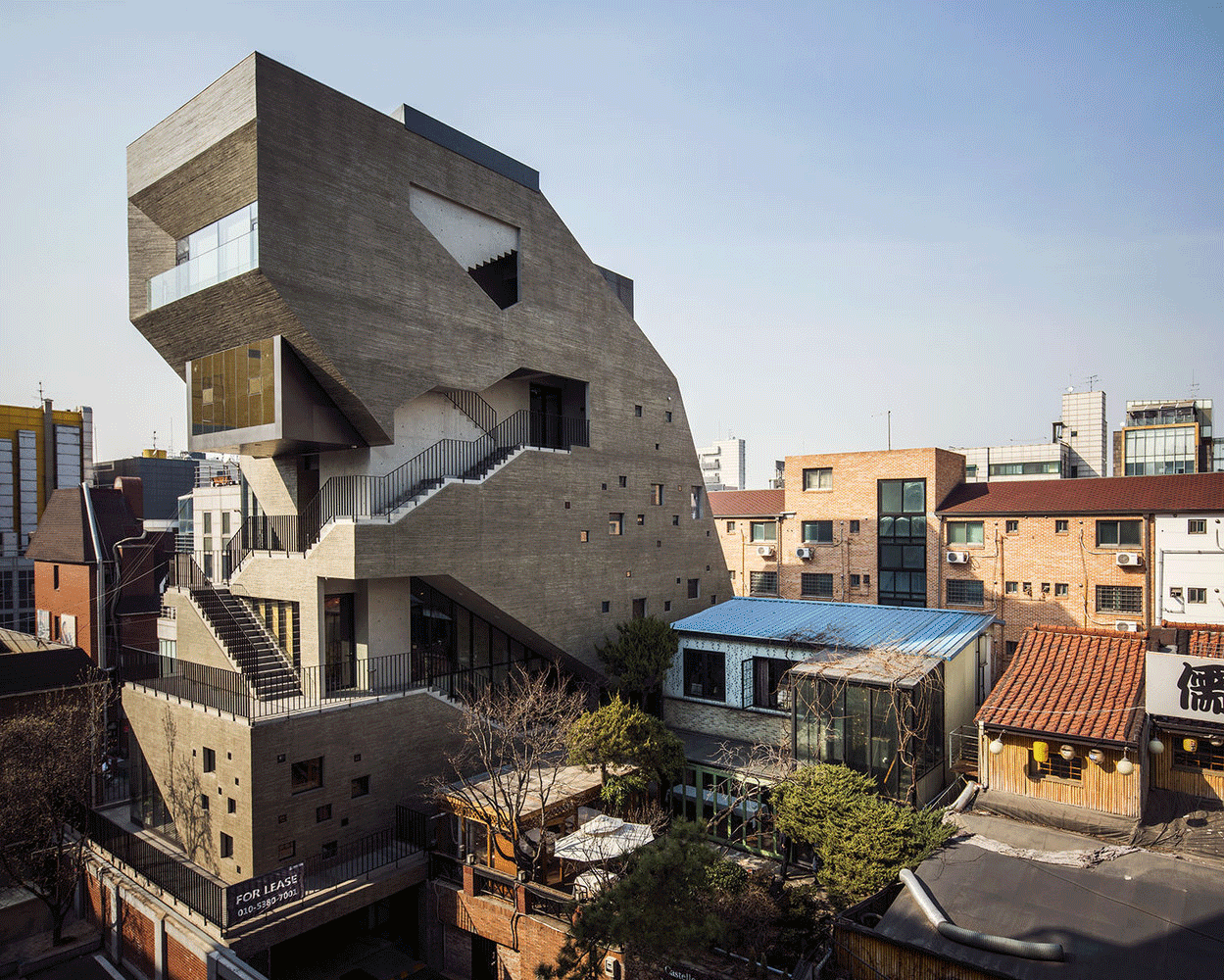
The Pavilion of China at the 19th International Architecture Exhibition - La Biennale di Venezia presents the exhibition CO-EXIST, curated by Ma Yansong, founder of MAD Architects, and organized by the Ministry of Culture and Tourism of the People's Republic of China at the Arsenale. Through ten works by twelve interdisciplinary groups, the pavilion examines how traditional Chinese philosophical thought can inform architectural responses in the age of advanced technology and artificial intelligence.







_highlite_Images_01.jpg?1603138047&format=webp&width=640&height=580)

_Weiqi_Jin_01.jpg?1603138177)
_Atelier_Alter_Architects_04.jpg?1603139827)
)Highlite_Images_01.jpg?1603139213)
_highlite_Images_01.jpg?1603138047)

















